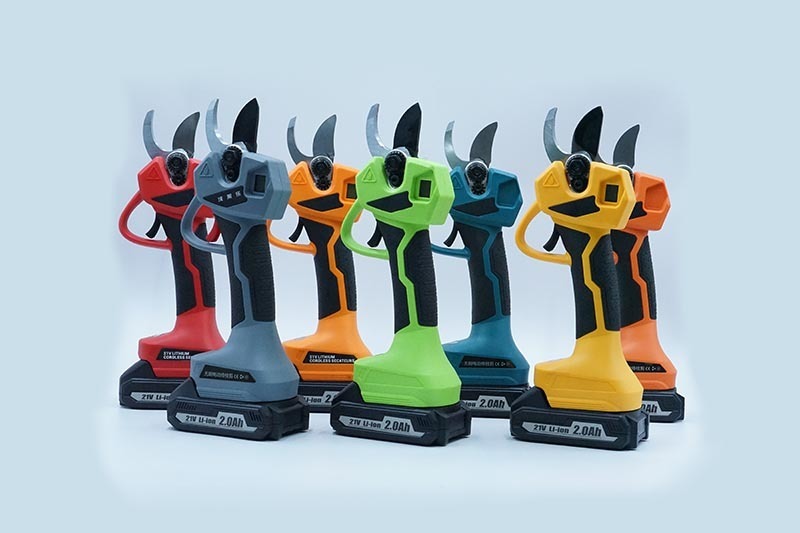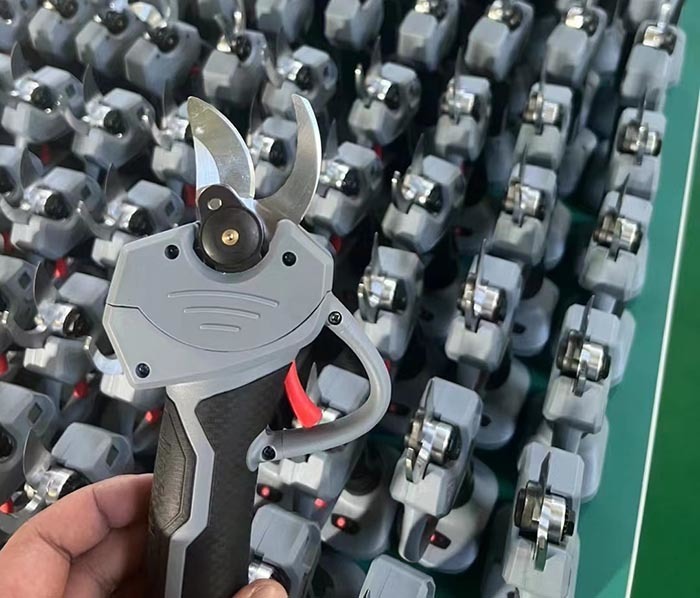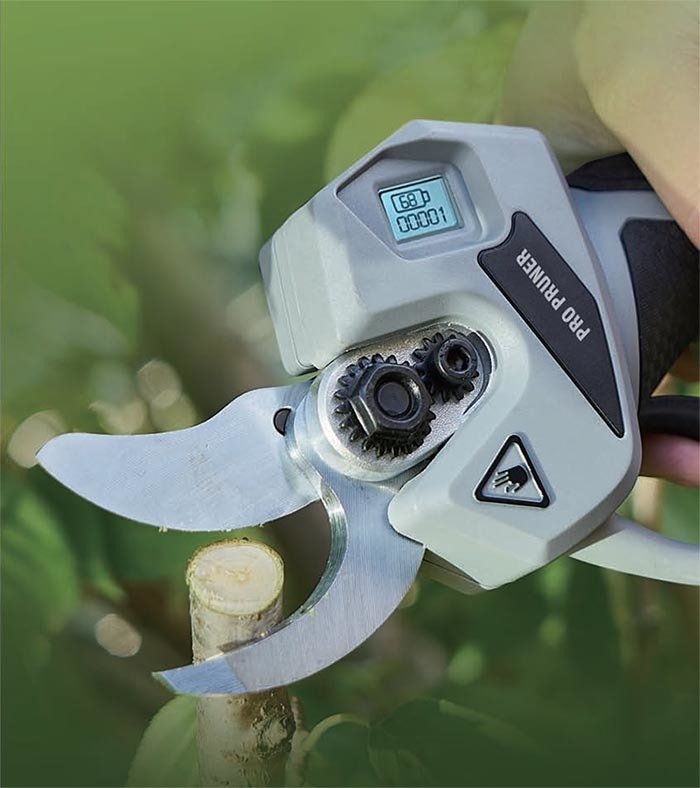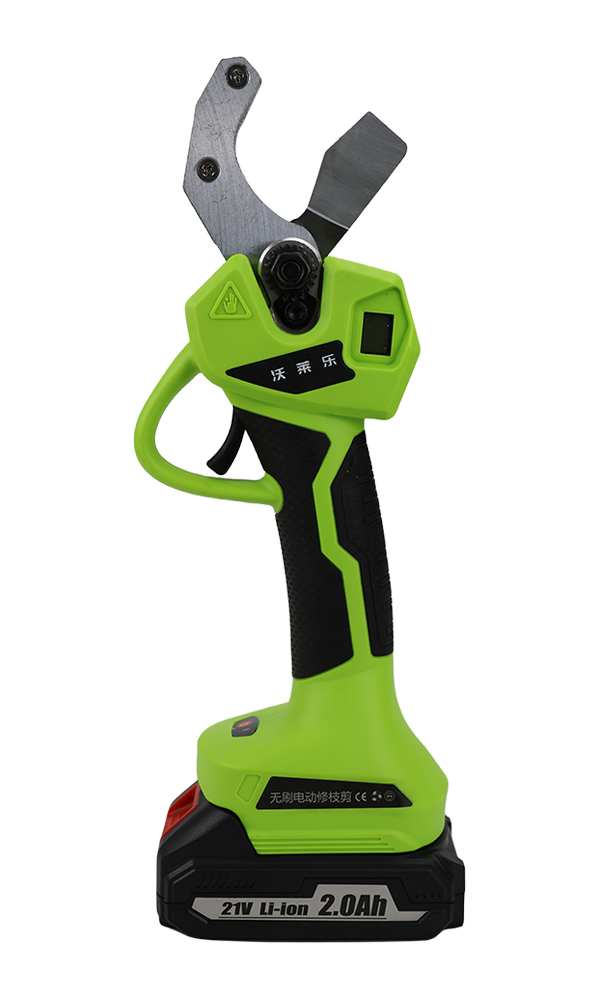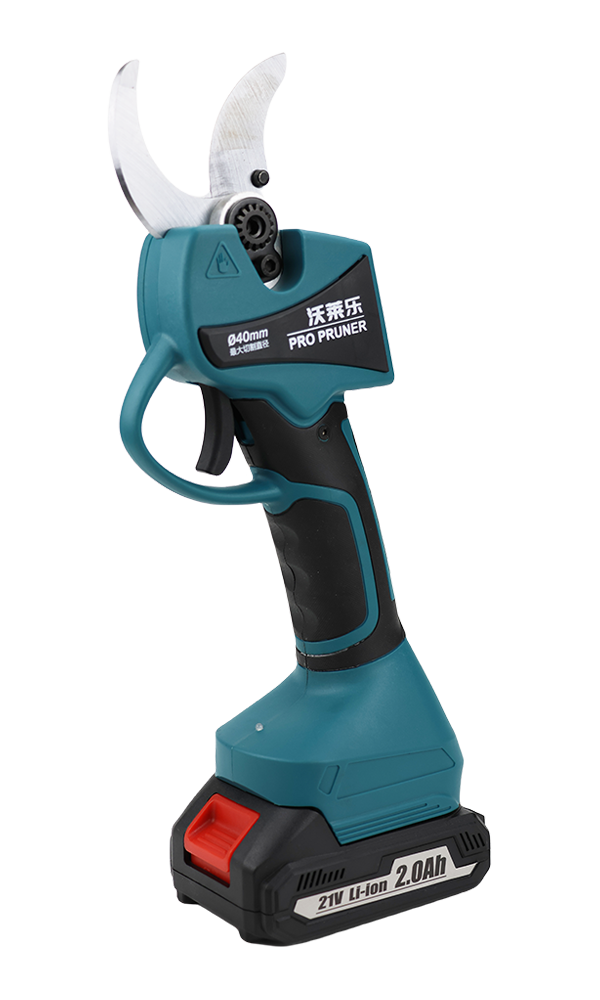NEWS
Feb 18,2025
How to Store Your Small Handheld Chainsaw Properly: The Ultimate Guide
How to Store Your Small Handheld Chainsaw Properly: The Ultimate Guide
Proper storage of your small handheld chainsaw is crucial to ensure its longevity and reliability. By following specific guidelines, you can maintain its efficiency and reduce the risk of accidents. This guide dives deep into the best practices for storing your chainsaw, ensuring that it remains in optimal condition for your next project.
Table of Contents
- Introduction to Chainsaw Storage
- Why Proper Chainsaw Storage is Essential
- Preparing Your Chainsaw for Storage
- Gather Necessary Tools and Supplies
- Cleaning Your Chainsaw
- Inspecting Your Chainsaw for Damage
- Storing Your Chainsaw Safely
- Choosing the Right Storage Location
- Using Protective Cases or Covers
- Maintaining Your Chainsaw During Storage
- Common Mistakes to Avoid
- Frequently Asked Questions
- Conclusion
Introduction to Chainsaw Storage
Chainsaws are powerful tools designed to make cutting through wood and other materials easier and more efficient. While they are incredibly useful, improper storage can lead to issues ranging from decreased performance to safety hazards. Understanding how to store your small handheld chainsaw properly can save you time and money in the long run.
Why Proper Chainsaw Storage is Essential
Storing your chainsaw correctly has several benefits:
- Prolonged Lifespan: Proper storage helps prevent rust, corrosion, and degradation of components.
- Safety: A well-stored chainsaw minimizes the risk of accidental activation and injuries.
- Performance: Regular maintenance during storage ensures your chainsaw is ready to perform when you need it.
Preparing Your Chainsaw for Storage
Gather Necessary Tools and Supplies
Before you begin the storage process, gather the following tools and supplies:
- Cleaning rag or cloth
- Oil for chain lubrication
- Fuel stabilizer (if applicable)
- Protective cover or case
- Safety gloves
Cleaning Your Chainsaw
Start by thoroughly cleaning your chainsaw. This step is vital to remove sawdust, dirt, and sap that can degrade the tool over time. Use a cleaning rag to wipe down the exterior and a brush to clean the chain and bar.
Inspecting Your Chainsaw for Damage
Before storing your chainsaw, inspect it for any signs of wear or damage. Check the chain tension, bar, and blade for dents, nicks, or dullness. If repairs are needed, address them before storage to avoid issues when you next use the tool.
Storing Your Chainsaw Safely
Choosing the Right Storage Location
Select a suitable location for storing your chainsaw. It should be:
- Cool and Dry: Avoid areas with high humidity or temperature fluctuations that can lead to corrosion.
- Secure: Store your chainsaw in a place where it cannot be easily accessed by children or pets.
- Well-Ventilated: Ensure the area allows for proper air circulation to prevent moisture buildup.
Using Protective Cases or Covers
Using a protective case or cover can significantly enhance the storage quality of your chainsaw. Opt for a cover that fits snugly to keep out dust and moisture while allowing for some airflow. This step not only protects your chainsaw from environmental damage but also reduces the risk of accidental injuries.
Maintaining Your Chainsaw During Storage
Even while in storage, your chainsaw requires maintenance to ensure it remains in good working order. Consider the following tips:
- Regular Inspections: Periodically check your chainsaw for any signs of rust or damage, especially if it’s stored for extended periods.
- Oil the Chain: Before placing the chainsaw in storage, ensure the chain is well-lubricated. This prevents rust and keeps it functioning smoothly.
- Use Fuel Stabilizer: If your chainsaw uses gas, add a fuel stabilizer to prevent fuel from breaking down and clogging the carburetor.
Common Mistakes to Avoid
Many people make mistakes when storing their chainsaws. Here are some common pitfalls to avoid:
- Neglecting Cleaning: Failing to clean your chainsaw before storage can lead to corrosion and other issues.
- Improper Fuel Storage: Allowing fuel to sit in the chainsaw over long periods without a stabilizer can cause problems with the engine.
- Ignoring Safety Precautions: Always ensure your chainsaw is stored out of reach of children and pets, even if it’s in a case.
Frequently Asked Questions
1. How long can I store my chainsaw without using it?
With proper maintenance, a chainsaw can be stored for several months. However, it is advisable to check it periodically during storage.
2. Can I store my chainsaw in a shed?
Yes, but ensure that the shed is dry, cool, and secure from weather elements and pests.
3. Should I remove the chain before storage?
It is not necessary, but if the chain is dull or damaged, it’s a good time to replace or sharpen it while the chainsaw is in storage.
4. What should I do if I notice rust on my chainsaw?
If you find rust, gently sand it off and apply a rust-inhibiting oil to prevent further rusting.
5. Is it necessary to drain the gas from my chainsaw before storing it?
It’s recommended to either drain the gas or use a fuel stabilizer if storing for longer than a month.
Conclusion
Storing your small handheld chainsaw properly is essential for its longevity and performance. By taking the time to clean, inspect, and store your chainsaw correctly, you can avoid costly repairs and ensure that your tool is ready for use whenever you need it. Remember to regularly check on your chainsaw during storage and maintain it to keep it in optimal condition. Following these guidelines will help you make the most out of your chainsaw investment, ensuring it serves you well for many projects to come.
Latest News
Mar 13,2024
Mar 13,2024

